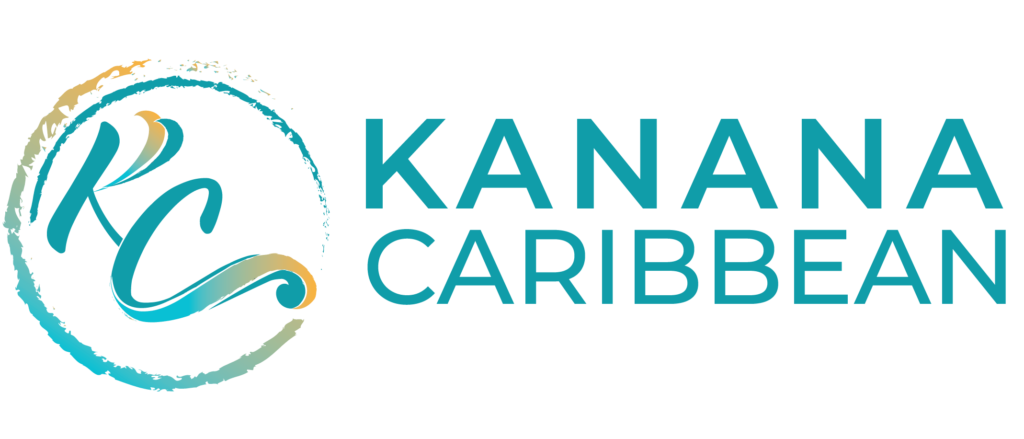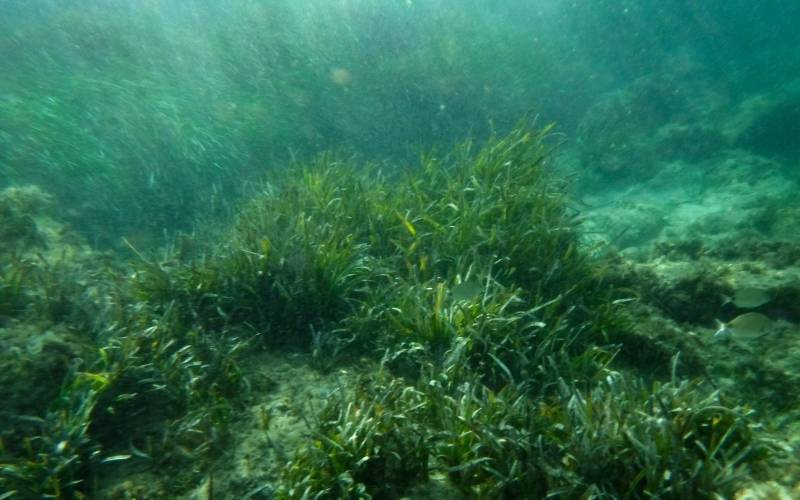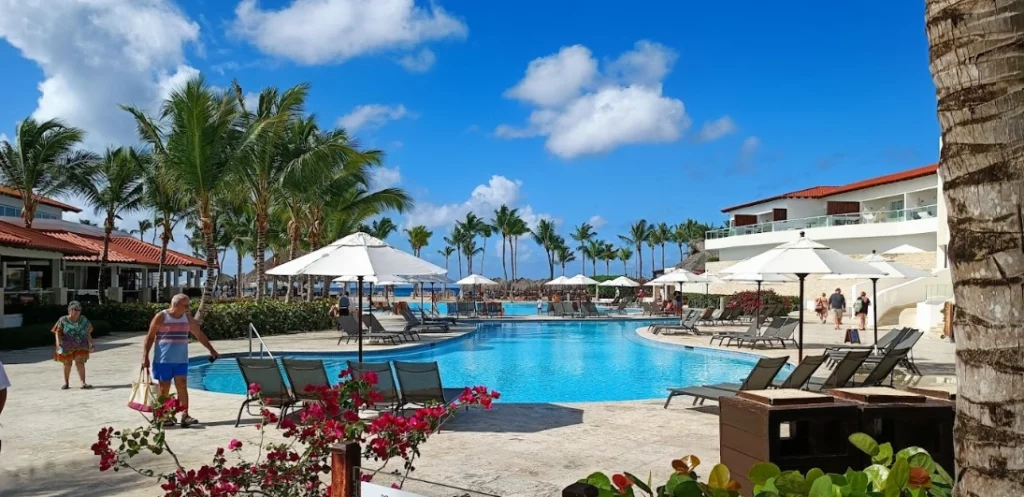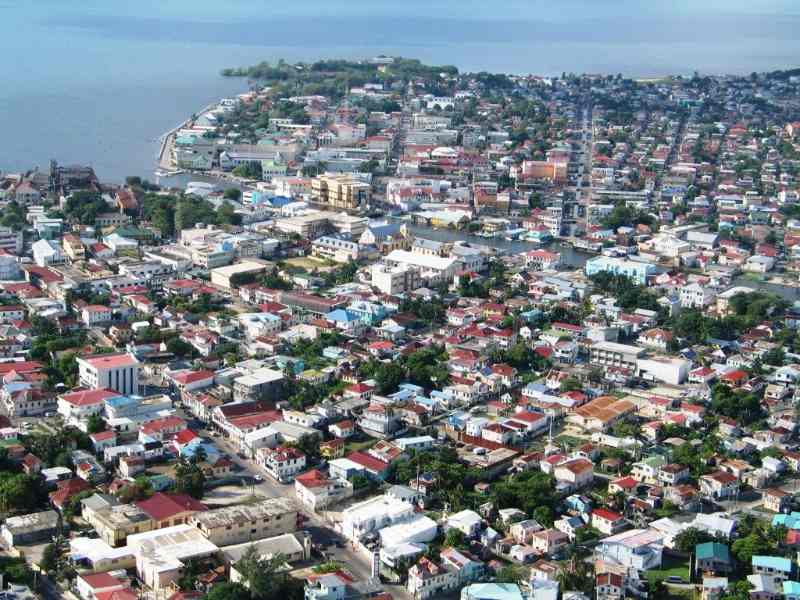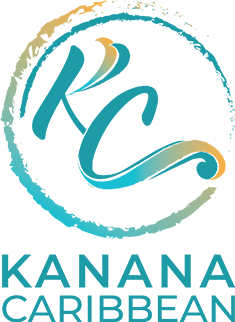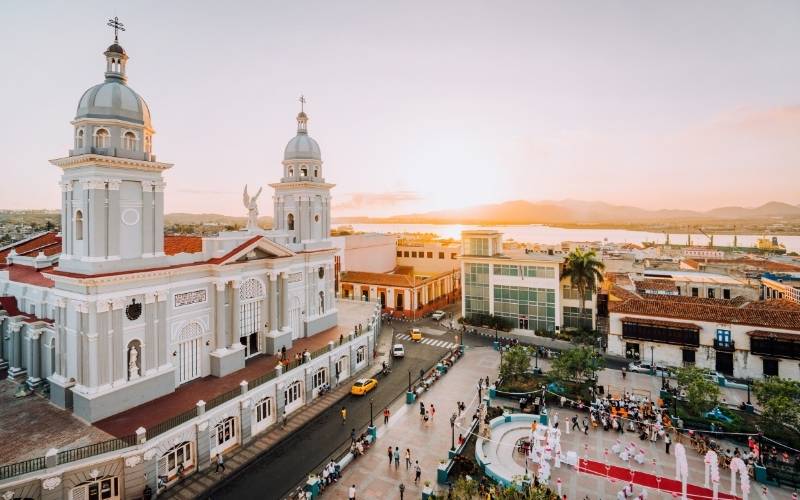
Home » Travelers Guide 2022: What to Do When You Are Spending Holidays in Cuba!
Travelers Guide 2022: What to Do When You Are Spending Holidays in Cuba!
Cuba is a historically rich destination that, like all travel, will open your eyes and give you a new perspective on the world. You will discover that the rumors about this destination are true.
It appears that time stopped in Cuba in early 1959, when Fidel Castro’s revolution was successful and Batista was forced to flee the country. Cuba, surrounded by stretches of white sand and crystal clear waters, is the ideal Caribbean getaway.
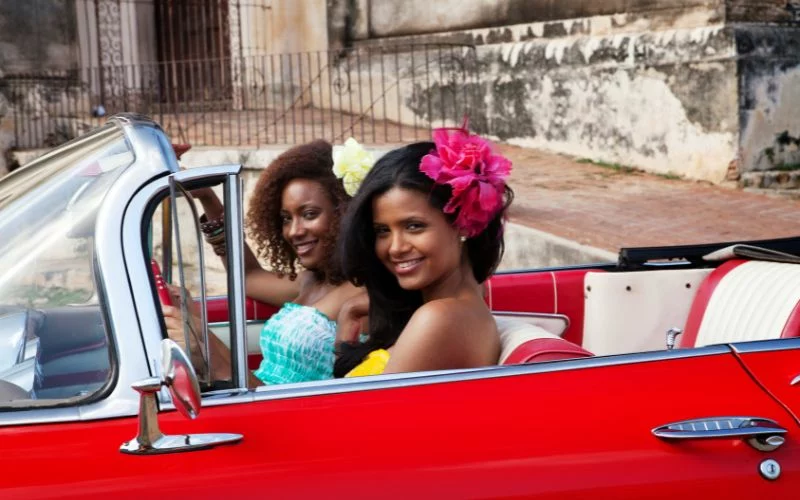
Escape to Caribbean warmth and sun-kissed beaches in Cuba is not only possible, but also one of the safest tropical fantasies you can make come true right now. Included in the UK travel corridor and backed by a number of airlines and hotel chains assuring traveler safety with a set of sanitary measures.
We show how a holiday in Cuba right now is one of the best decisions you could make.
Table of Contents
The Complete Calendar Guide In Cuba Holidays
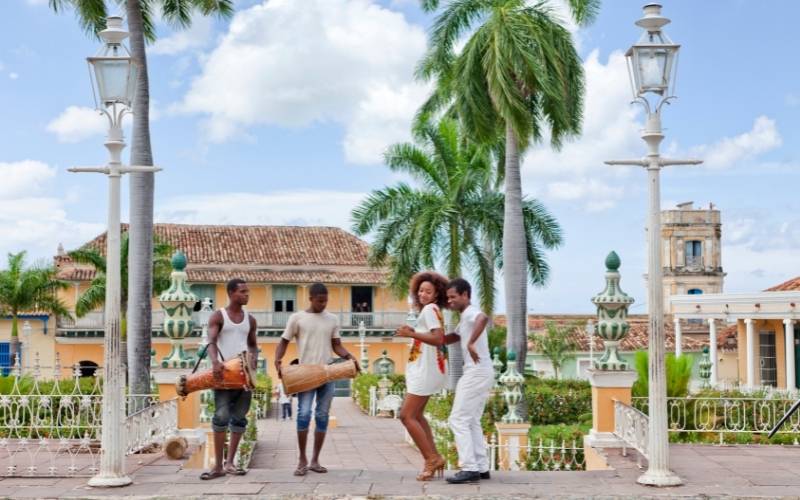
“Discover the enchanting rhythms of Cuba’s vibrant culture with our Complete Calendar Guide In Cuba Holidays! From salsa-filled streets to colorful festivals, immerse yourself in the island’s rich traditions. Plan your next adventure today and experience Cuba like never before!”
Many national holidays in Cuba commemorate Fidel Castro’s ascension to power and other historical events that fit the government’s narrative of Cuban triumph over colonial overlords.
These events are usually marked by military parades and demonstrations, as well as speeches from important government figures. Many other festivals are time-honored cultural celebrations rather than official federal holidays.
Because the government’s relationship with religion is strained (though improving), you won’t find as many religious holidays and festivals in Cuba as you would in other Latin American countries.
If you have the opportunity to attend a Cuban festival, take advantage of it—you’ll hear world-renowned Cuban rhythms and see inimitable Cuban dancers in action. Wondering what are the main holidays in Cuba? Here is a list of cuba national holidays 2022 & celebrations in Cuba.
January 1 – 2 Victory Day and Triumph of the Revolution
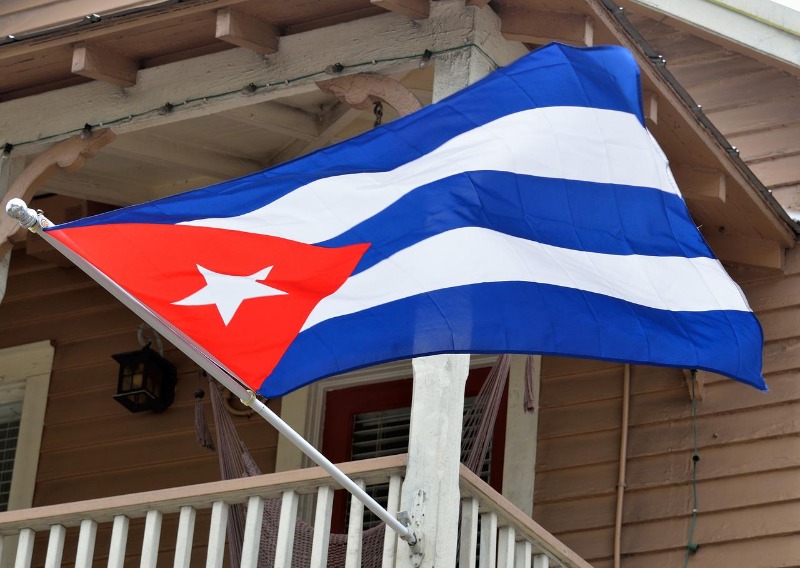
Fulgencio Batista’s government fell on January 1, 1959. Castro’s supporters staged raucous street celebrations, setting the tone for all subsequent January 1 celebrations.
Many Cubans welcomed Castro’s takeover, having endured years of US-backed dictatorships. For Triumph Day, Havana and Santiago de Cuba put on especially loud displays. Visitors should take advantage of the numerous free concerts taking place on January 1. The festivities will continue until January 2.
The 1st of January is also Nio de Atocha’s Day. This day is dedicated to the Christ Child and Elegua, Santera’s most important deity.
28th January – José Martí’s birthday
José Mart was a poet and intellectual from Cuba who is widely regarded as the father of the Cuban Revolution. He was a vocal supporter of Cuban independence from Spain.
Mart’s birthday has been celebrated since 1909 when the holiday was instituted by Cuba’s old Liberal Party. He is the unofficial national poet of Cuba. In Cuba, today is a military holiday. The Cuban Communist Youth Organization assists in organizing the celebrations.
To prepare for the holiday, read poems from Mart’s book Versos Sencillos, or “Simple Verses.”
Cigar Festival- February

“Experience the ultimate indulgence at the Cigar Festival in Cuba! Immerse yourself in the rich heritage of Cuban cigars and savor the finest tobacco blends.”
In February, you can attend Havana’s cigar festival. This is an excellent opportunity to sample a wide range of cigars before deciding which one to take home as an enviable souvenir.
Easter & Spring Festivals
Even though Easter is not widely observed in Cuba, the country celebrates Carnaval in April, along with the rest of Latin America. After Pope Benedict’s visit in 2012, Good Friday was declared an official holiday. It had been illegal since the 1960s. Good Friday, the Friday before Easter Sunday, commemorates Jesus’ crucifixion.
April is also jam-packed with some of Cuba’s most famous arts festivals.
- Cine Pobre, Cuba’s largest film festival, is held in the small coastal town of Gibara. This festival features outdoor screenings of the best low-budget films from Cuba.
- Every year, Havana hosts the International Urban Dance Festival. This is one of the most talked-about festivals in Cuba. It honors a variety of dance styles, the majority of which originated in Cuba or the Caribbean.
- The Bienal de la Havana honors Cuban artists and cultural heritage. Havana galleries specialize in art from Cuba, Latin America, Africa, and the Caribbean. This festival is held every two years.
1st May- Labor Day

The traditional socialist worker’s holiday is May 1. Cubans gather in Havana’s Plaza de la Revolución to listen to patriotic speeches. Military parades and other displays of Cuban patriotism can be found throughout the country.
Carnaval in Santiago de Cuba
This holiday, unlike Carnaval in other parts of Latin America, does not coincide with Easter. It is based on an old Afro-Cuban holiday that honours St. James and his Yoruba counterpart.
Until the turn of the century, it was known as Las Mamarrachos, but the city wanted to make the holiday appear less African for political reasons. You’ll see brightly coloured floats and incredible dancers, as well as the thrilling Afro-Cuban drum music that has made Santiago de Cuba standout in the world of Cuban music.
The celebrations in Cuba are on their peak during the last week of July.
26th July- National Revolution Day
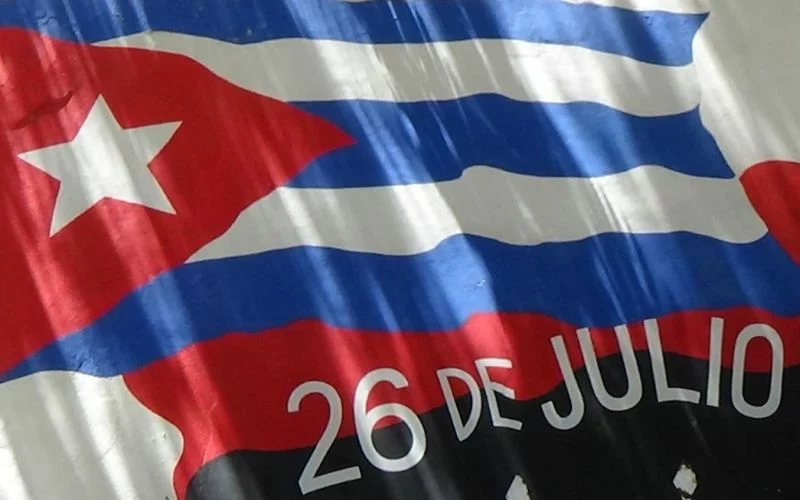
“Embrace the call for unity, progress, and social justice. Together, we can continue to shape the destiny of our beloved Cuba. Seize this moment and let your voice be heard.”
Fidel Castro stormed the Moncada Barracks in Santiago de Cuba on July 26, 1953. These barracks served as the main base of operations for Batista’s army. The attack was a failure, and Batista’s army easily defeated Castro’s band of about 150 rebels.
Castro fled from the scene and took refuge, only to return after Batista assured him of his safety. He was sentenced to 15 years in prison as a result of the attack. Despite the attack’s failure, this day is regarded as the first major step in Castro’s revolution.This is also considered one of the biggest Cuban Holiday.
8th September- Virgen de Cobre Feast Day
Cuba’s patron saint is Virgen de Cobre. Despite the fact that Cuba is not particularly Catholic in comparison to the rest of Latin America, the Virgen de Cobre holds a special place in the hearts of many Cubans.
Her shrine is located in the Sierra Maestra foothills. The Spanish attempted to return her statue to Spain, but it fell overboard and became entangled in a reef near a Cuban beach, proving her devotion to Cuba.
Virgen de Cobre is often depicted as having mixed ancestry, which is one of the reasons she is thought to be a suitable representative of all of Cuba, as most Cubans have both African and mestizo ancestry.
October 8 - Che Guevara's death anniversary
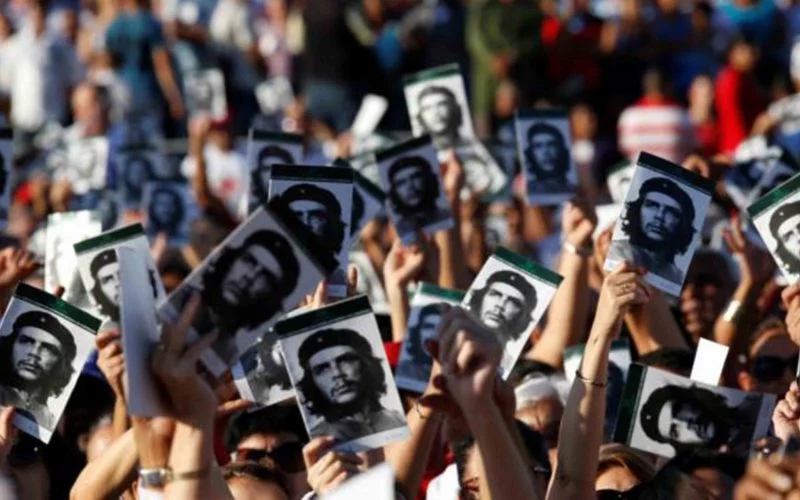
Bolivian soldiers working in collusion with the CIA assassinated Che Guevara on October 8, 1967. He is regarded as a hero of Castro’s revolution and has acquired mythological status in the years since his death.
The 10th of October marks the beginning of the American Revolutionary War.
On October 10, 1868, Carlos Manuel de Cespedes released all of the estate’s slaves and declared the start of the Independence War against Spain.
Camilio Cienfuegos Memorial Day is celebrated on October 28.
Camilio Cienfuegos died on October 28, 1959, under mysterious circumstances. Because he was a key figure in Castro’s army, it is assumed that the CIA was involved in his death.
Armed Forces Day is celebrated on December 2nd.
This day commemorates the landing of the Granma on the beach of Las Coloradas. Castro chose this beach to follow in the footsteps of another significant historical figure: when poet José Mart returned from exile to Cuba, he also visited Las Coloradas. For the Cuban revolution, José Mart became Castro’s mascot.
Antonio Maceo's Memorial Day is December 7th.
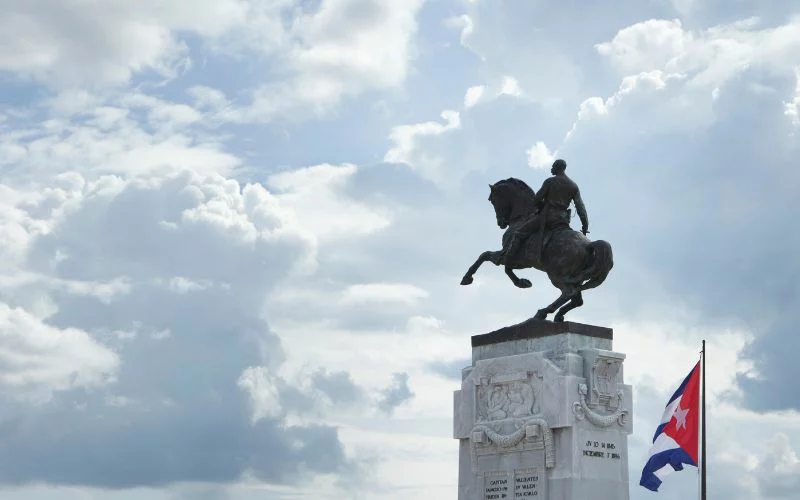
“Don’t miss this opportunity to commemorate an important figure in Cuban history. Reserve your spot today!”
During Cuba’s numerous rebellions against Spain in the nineteenth century, Antonio Maceo served as a general. This holiday commemorates Cuba’s long struggle against Spanish oppression.
Christmas in Cuba!
Christmas was not an official holiday in Cuba from 1969 to 1998. In the 1960s, Castro declared his government to be atheist and abolished all religious holidays.
Castro has stated that he initially prohibited Christmas because he wanted workers to devote themselves to the sugar harvest rather than take a vacation. Castro reinstated Christmas during Pope John Paul II’s 1998 papal visit, though it is still not widely celebrated in public.
Religious freedom is not guaranteed in Cuba, and many religious festivals are prohibited. Cubans put up decorations for tourists rather than for themselves. Of course, churches will carry small celebrations, but these will be quite subdued in comparison to the flurry of gifts and Christmas trees you’re used to at home.
December 31 - New Year's Eve / Eve of Revolution
This is a much more boisterous celebration than Christmas, and it is one of the most boisterous holidays in Cuba. The rum will be flowing late into the night, and the streets will be packed with revelers.
Ways to Spend Holidays in Cuba Without Getting Bored!
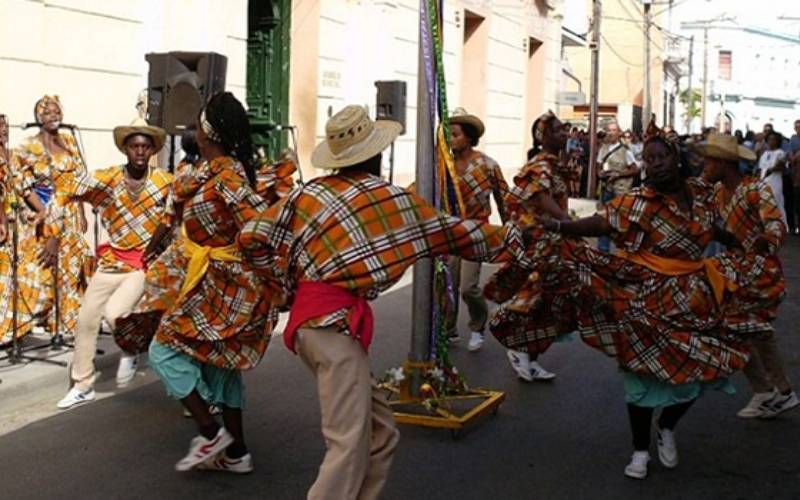
What can we do in holidays at Cuba? This is a common question. Let us give you the answer to how you spend your holidays at cuba. Most flights arrive in Havana, so this is a good place to start.
No trip to Cuba is complete without exploring the city’s revolutionary heart. Explore the historic Old Vieja, ride along the famous Malecon in a meticulously maintained classic American car, sip a mojito in Hemingway’s favourite spots, see the Tropicana show… the options are endless.
You could spend weeks in Havana and never get tired of it. Trekking or horseback riding in Vinales is one of the country’s highlights. This is where the best tobacco is grown, and the scenery is breathtaking. This is why Vinales is included in all of our custom trips.
Of course, when you think of Cuba, you think of pristine white beaches. Varadero is the closest one to Havana, but if you want a less crowded beach, we recommend Cayo Santa Maria. If you only have a week in Cuba, combine Havana and Varadero with a day trip to Vinales to get a taste of rural life.
If you have a few extra days or a second week, you could also visit Trinidad, one of our favourite cities, with its colourful facades and cobbled streets. Trinidad is worth spending a few days exploring the surrounding areas, such as the nearby Playa Ancon (considered the most beautiful in the southern part of the island).
The national park of Topes de Cojjantes (ideal for trekking and visiting some of the best waterfalls), or learning about slavery in the Sugar Valley. You might also want to stop in Santa Clara. The city is best known for housing the Che Guevara Mausoleum and hosting the final battle of the Cuban revolution in late 1958.
KEY TAKEAWAYS ...🛪
Whatever time of year you visit, the sand, rum, and music will be there for you. The best time to visit, weather-wise, is from November to June. Summer months are hot and humid, but they are still considered high season, so plan ahead.
If you visit in September or October, you can expect rain, but prices are lower and tourist numbers are lower. With so much to see, it is critical that you plan your time wisely.
